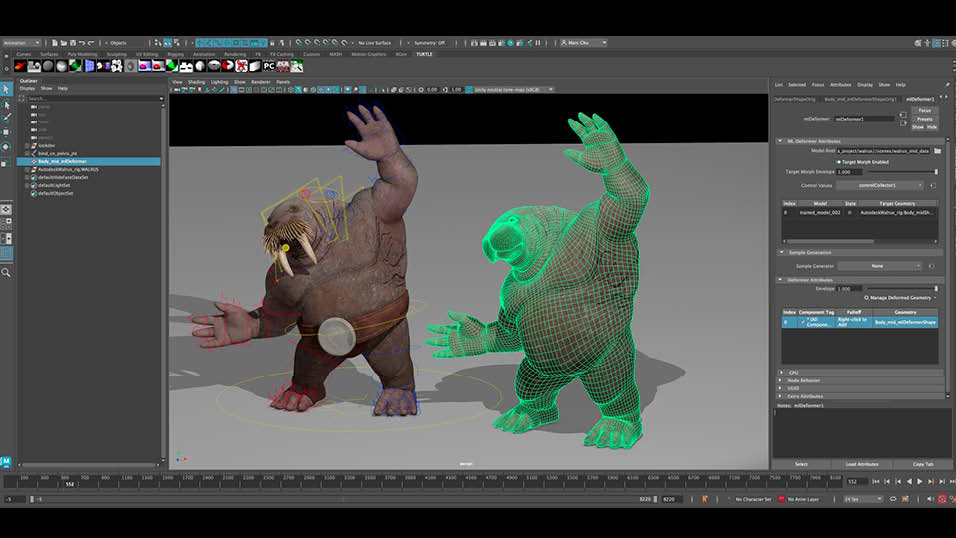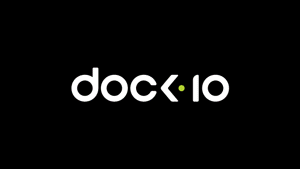Autodesk has unveiled new tools in generative AI and cloud-enabled workflows including the release of Flow Generative Scheduling and new AI capabilities in Maya and Flame.
Flow Generative Scheduling accelerates the creation of production schedules with constantly shifting project variables like deadlines, budgets, and team availability.
Powered by Autodesk AI, Flow Generative Scheduling is designed to help keep projects running smoothly. In a fraction of the time previously required, teams can now compare multiple schedule scenarios, evaluate tradeoffs, and create resource-optimised and balanced schedules for complex projects.
“For years, Flow Production Tracking has been the de facto connective tissue for VFX workflows. We’re thrilled to bring Flow Generative Scheduling to help our customers plan and run projects more efficiently,” said Mimi Hoang, Vice President of Production Management & Platform at Autodesk. “Being able to evaluate different scenarios without impacting a live project, and then publishing a revised schedule directly into Flow Production Tracking is a game changer for creative teams.”
New features coming to Maya and Flame come on the heels of Autodesk’s recent acquisition of Wonder Dynamics, makers of Wonder Studio, a solution which combines AI with established tools to help artists more easily animate, light, and compose 3D characters within live-action scenes.
“Artist’s time is the most valuable resource for our customers. Being able to bring them AI tools to augment their creative process unlocks a host of new possibilities,” said Eric Bourque, VP Content Creation, Media & Entertainment at Autodesk. “They can spend more time iterating on their creative ideas, and less time on repetitive tasks.”
Maya’s new ML Deformer enables artists to work with complex characters for animation, VFX, and games projects. The tool processes complex deformation systems and represents them with a fast, machine-learned approximation. For example, if a character with a complex deformation system runs slowly, Maya can train to represent that deformation system using ML Deformer. Artists can then use this fast representation to work more interactively and switch back to the original for final polish or render.
Flame’s AI toolset continues to grow with ML Timewarp, a new mode that generates an intermediate frame between two frames in a shot for retiming of clips. Users will benefit not only from high-quality renders, but also from a fully integrated tool that maximises their workstation’s hardware, eliminating costly file transfer workflows across multiple tools. For the most demanding workloads, this new mode can also be queued to render with remote systems via Autodesk Burn.
James Bennett
Share this story















